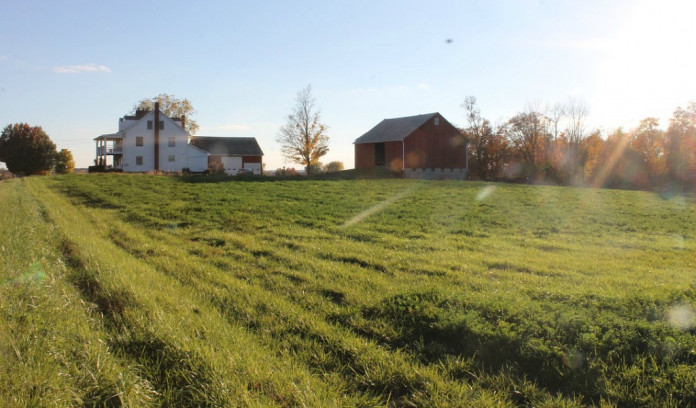Recently, while cleaning out our storage area at Harrison Soil and Water Conservation District, I came across a folder of old comics and clip art from the 1950s and ’60s.
There were images promoting watershed projects, some about grass waterways and some graphics encouraging wildlife habitat.
One, in particular, stood out to me.
It shows two panes, with text below each one. On the left, there is an image of a farmer with a conservation plan in hand and it reads “Plan Your Farm.”
The right pane shows a picturesque farm with waterways, contour strips, and other conservation practices and reads “Farm Your Plan.”
Ohio’s Soil and Water Conservation Districts and the United States Department of Agriculture’s Natural Resources Conservation Service exist for the first half of this equation.
Look up the mission statement of your local SWCD. Looking at several random districts around the state, I found each of them to contain statements such as “provide assistance,” “assisting the citizens,” or “meet the needs of the local land manager”.
Plan
A conservation plan can take on many different forms.
The simplest plans simply document the current management, while more in-depth plans can recommend new conservation practices or lay out a new management system to meet the producer’s goals.
Regardless, a conservation plan always focuses on the producer or landowner’s goals for the land and evaluates how to meet those goals and conserve soil and water resources at the same time.
In addition to general conservation plan, specific components may be addressed in a Comprehensive Nutrient Management Plan, Grazing Plan, Integrated Pest Management Plan, or Wildlife Management Plan.
Make the call
If you’ve never had a conservation plan developed for your farm or property or if your plan is older than 5 years, contact your local Soil and Water Conservation District to have a plan developed and take the first step: Plan Your Farm.
The second step is to follow your plan. While conservation plans are always flexible, it’s important to update your plan as you make modifications, and continue to follow through on your plans.













